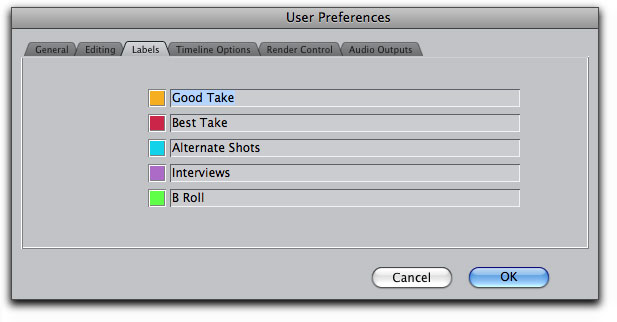

It has two options: to name your compound clip, and to identify the event it's associated with.

When you press Option-G, at the top of your screen you’ll see the dialog box shown in Figure 3 (below). Lasso’ing the part of the timeline we're going to make into a compound clip. Once that's selected, it's as easy as pressing Option-G on your keyboard-that's the shortcut to make a compound clip.įigure 2. So I'm just going to drag a marquee and lasso over this beginning section ( Figure 2, below) that I want to make a compound clip. We can simplify this in the timeline by simply making a small section of this timeline a compound clip. There is the primary storyline which has the groom giving a speech, cut with B-roll over top of him writing a speech, and on top of that there's even text for the translation because he was speaking Spanish. There's the audio from the groom's speech. There's a music audio track at the bottom. The complex timeline we’ll be working with.Īs you can see, this timeline is pretty complicated. This example is from a wedding film recently produced by my studio Cord3Films, but the Compound Clips technique described here applies to any FCP X project where you need to make a complex timeline more manageable.įigure 1.

To begin, let’s look at the beginning of the timeline shown in Figure 1 (below). You can either make a compound clip of the entire timeline, of just the video, just the audio, a mix of both, or just a small section. It’s a way to take a handful of clips on a project and compress them down to a single file. In this tutorial we’re going to talk about compound clips, which are Final Cut Pro X’s version of nesting.


 0 kommentar(er)
0 kommentar(er)
